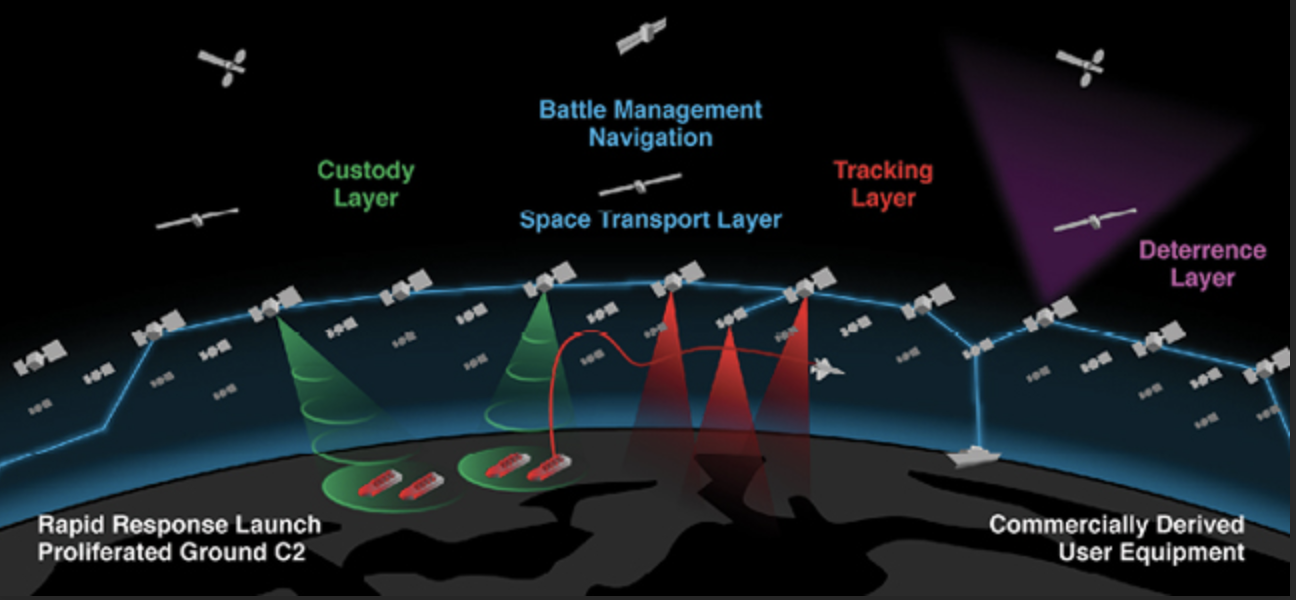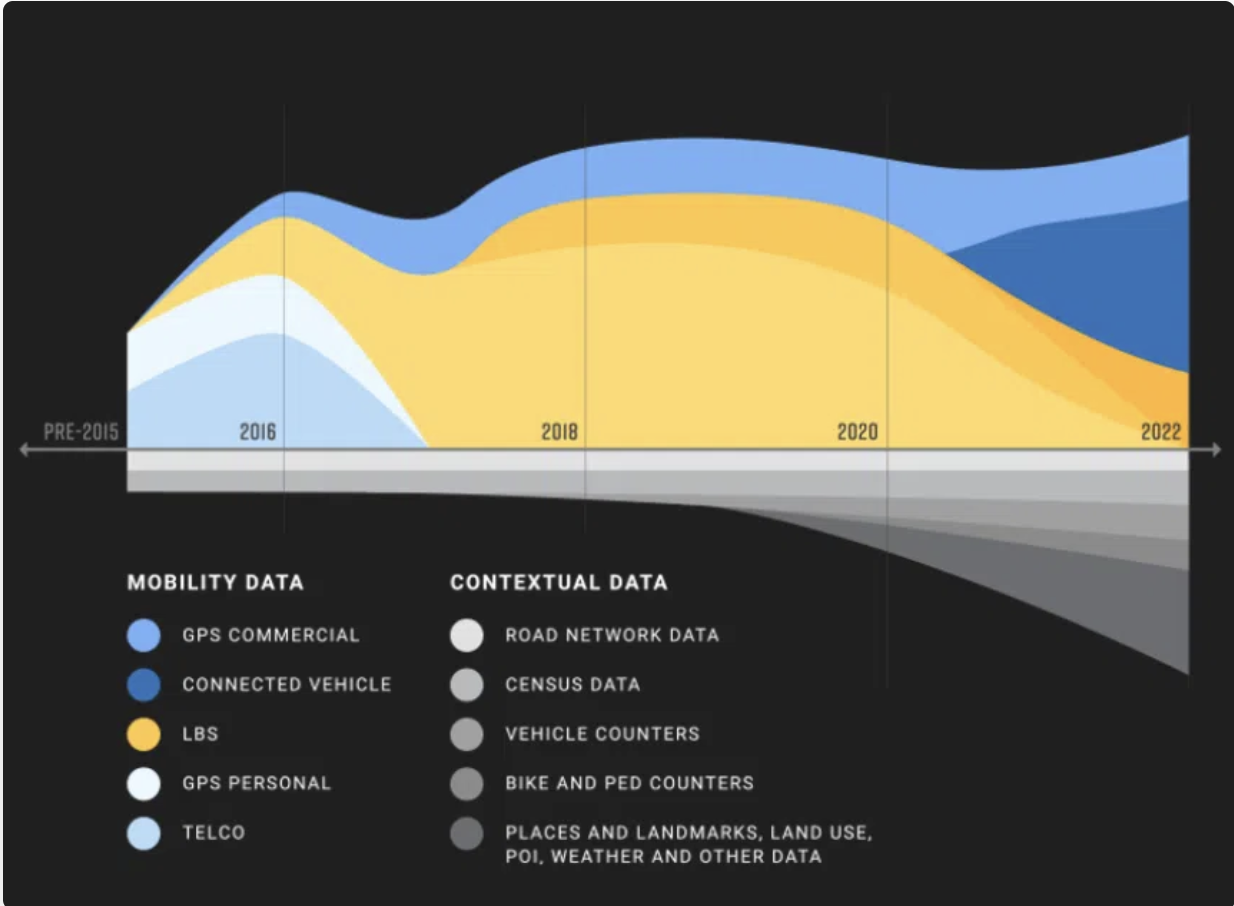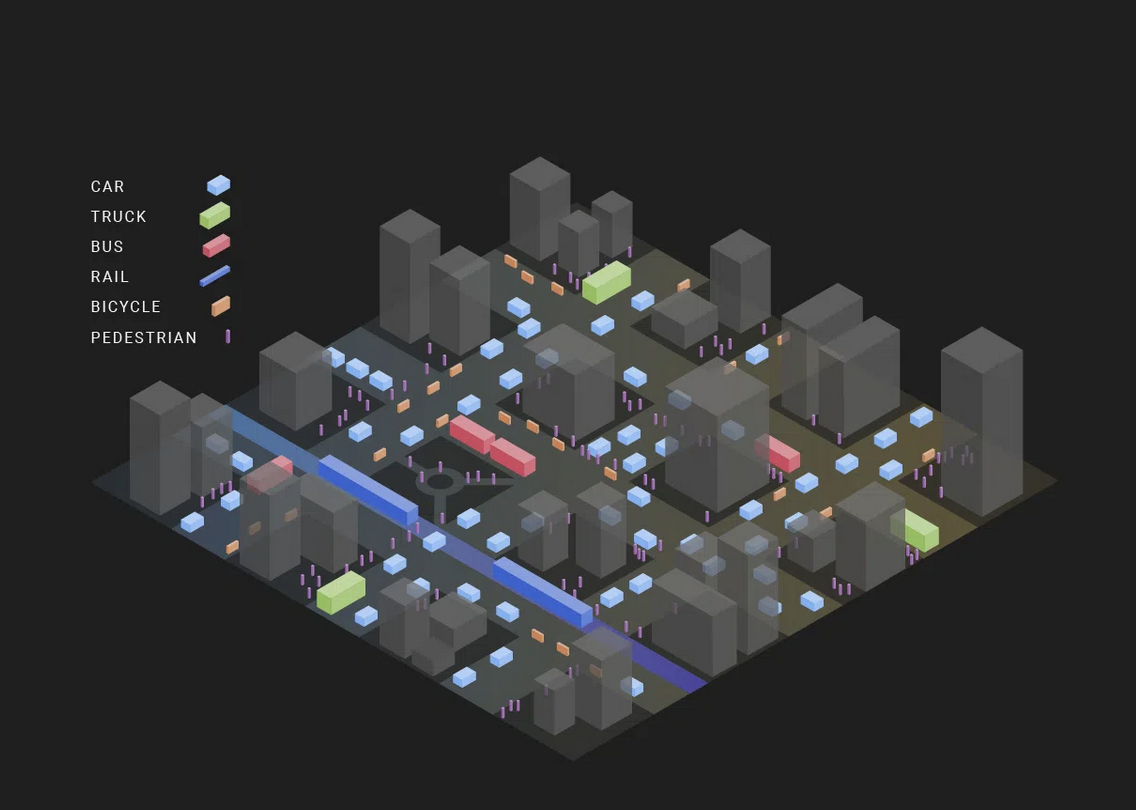
Logistics and transport service providers create enormous data records as they manage the flow of goods. These data include information such as types of goods, location, weight, size, origin, and destination. By collecting and analyzing these large amounts of data, big data technologies can optimize transport journeys in real time. The great thing about this: Process data is analyzed and merged with real-time route matrix and traffic data. The resulting insights enable optimal transport and route management: Which routes within the distribution network should be utilized? How can the fill level of goods be optimized? Which truck should be used for transportation? These are decisions that can be made repeatedly at every step of the journey based on informed calculations by a software ecosystem that leverages big data in real-time.

Warehouses such as distribution and order processing centers will benefit from the new big data technologies. But other technologies such as autonomous forklift trucks will further optimize the storage and turnover of goods as well. The widespread use of these technologies will lower the storage costs per item as they can accelerate the turnover of stocks. Furthermore, autonomous vehicles will facilitate and simultaneously lower the costs for around-the-clock operation. We will see this development play out more and more as warehouses and fulfillment centers expand the automation of their processes. Why? The processing of e-commerce orders is accelerating continuously. As a result, more shifts are required in an environment with a lack of available human personnel. Thanks to automation, picking and shipping of orders will also be possible during night shifts.

This change, however, requires further adjustments to warehouse infrastructures. For example, entrances and docks suitable for autonomous trucks must be provided to ensure smooth workflows and to further lower transport costs. Lower transport costs can then allow operating companies to relocate their warehouses into more remote areas. Alternatively, companies can focus on saving costs at urban sites, thereby improving their ability to meet the rapid growth in demand for fast and free shipping.
Mix of measures opens up new era in transport logistics
The combination of transparency, real-time optimizations, and autonomous driving will be the long-term solution to the labor shortage in transport logistics. However, this new supply chain transparency will also raise the expectations of customers which in turn will profoundly change the logistics networks of the future.

Once filtered through a set of complex machine-learning-based algorithms, transportation data analytics can be used to analyze trips from the moment journeys begin to the moment they end, via any mode, on all roads and paths. They can even be used to monitor roadway conditions in real time. But not all transportation data is created equal, and not all data leads to powerful insights.
Machine learning is an increasingly important element of transportation data analytics, and one that does not offer as much clarity as a computer algorithm. With machine learning, data scientists essentially “feed” a computer program actual data, and the computer “learns” to recognize and extract only that type of data and select it from a data set. Over time, the machine’s accuracy grows, although transparency decreases into what details the machine identifies, and how it evaluates them.
Safety is a top concern for transportation leaders and local politicians who face pressure to reduce serious roadway crashes, which are especially common on local, non-interstate roadways, according to the NHTSA.Now in its second round of funding, the federal government is using the Safe Streets and Roads for All (SS4A) grant program to resource regions with the funding they need to effectively develop and implement safety measures that will prevent death and serious injury on roads and streets.
Understand biking and walking activity; vehicle speed, volume, and intersection activity at different times of day; and which communities are likely to benefit from investment. Use data-driven insights to involve the community and achieve Vision Zero and Safe Streets goals.

Get mobility data to target pollution reductions at the leading emissions driver, transportation
Transportation is a leading source of pollution, with the worst impacts affecting disadvantaged communities. Access better data on emissions sources and demographics to develop an equity-focused mitigation strategy and monitor progress.

Get mobility data to target pollution reductions at the leading emissions driver, transportation
Transportation is a leading source of pollution, with the worst impacts affecting disadvantaged communities. Access better data on emissions sources and demographics to develop an equity-focused mitigation strategy and monitor progress.

Active Transportation
Bicycle and pedestrian infrastructure supports safety, health, and the environment, key themes in BIL. Access insights to accelerate the multimodal transition.
- Study vehicle/bike/pedestrian usage patterns on a corridor to inform a redesign that prioritizes non-vehicle modes.
- Evaluate segment speeds and volumes for bike and vehicle modes to prioritize safety interventions for vulnerable users.
- Analyze pedestrian behavior near transit stations to understand ridership patterns and first- and last-mile patterns.

